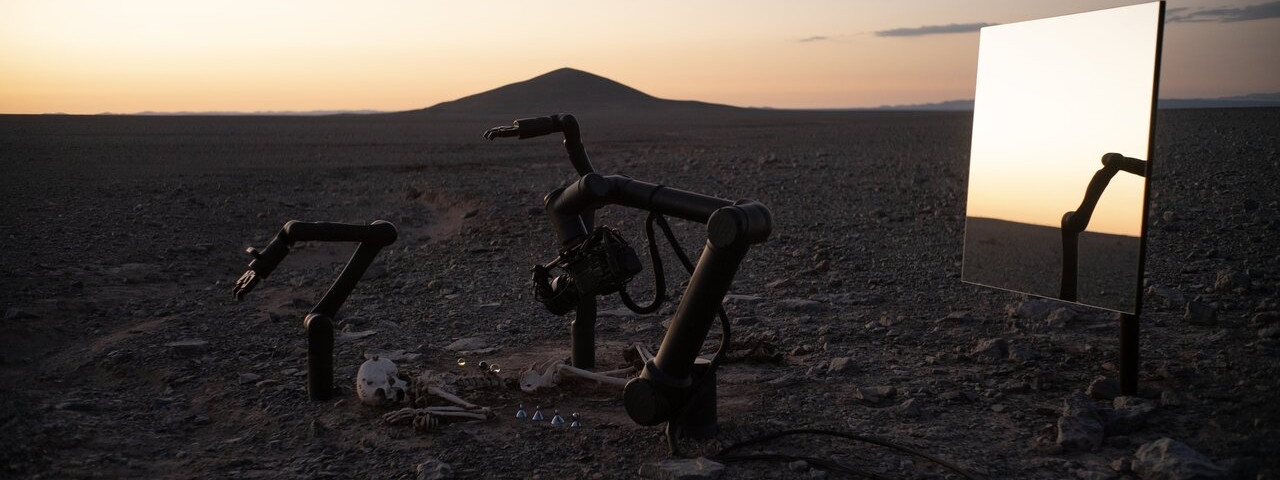“A contemporary is someone who, in taking a look at his era, surveys the shadows instead of the lights. All times are dark for those who experience their contemporaneity. Thus, a contemporary is someone who knows how to see this darkness, who is able to write by dipping his pen in the darkness of the present”.
What does it mean to “see the shadows” and “perceive the darkness”, Italian philosopher Giorgio Agamben wondered? At the Bourse de Commerce, the exhibition "Clair-obscur" asks this question based on the works of artists in the Pinault Collection who, from the modern era to the present day, turned away from the artificial glitter of the world to probe its shadowy depths and the flashes of light that sometimes traverse them to give us insight on our present.
In this exhibition, painting —and art in general— constantly weave light and shadow together. Thus, chiaroscuro is more than just a painting technique from the past; it is a visual language that bridges the centuries. It constantly reinvents itself in its revelation of the darker side of humanity and the world, and it lends its tonality to an entire dimension of artistic creation as both a narrative technique and a philosophical principle. It expresses the materiality of light and the shadow areas of our subconscious, thus transforming our sense of the visible and the invisible.
In the Rotunda, beneath the zenith of the museum’s dome, Pierre Huyghe’s masterpiece Camata (2024) arrives from its presentation in the exhibition "Liminal" at the Punta della Dogana in Venice. It is anchored in this circular stage, which is transformed into an amphitheatre that exists out of time. Here is where the metaphysical ritual plays out that the artist filmed in the vastness of the Atacama Desert in Chile.
At the same time, the twenty-four display cases in the Passage of the Bourse de Commerce host the carte blanche given to Laura Lamiel, who is exhibiting a series of works that have been created specifically for this setting. Colour and light play an essential role in her installations, which take their inspiration from psychoanalysis as well as spiritual cosmology. They draw on a repertory of sensory forms that consist of found objects, collections, and taxonomies of materials that contrast with the immaculate surfaces of the steel that she lights with fluorescents tubes

Agence de communication culturelle

04 Mar 2026
31 Aug 2026
CLAIR-OBSCUR
BOURSE DE COMMERCE - PINAULT COLLECTION
General information
Bourse de Commerce - Collection Pinault
2 Rue des Viarmes
75001 Paris
DIRECTION
Curator: Emma Lavigne, general director and curator, Pinault Collection
CONTACT